Author: Cyril Richert
With all the new developments in Clapham Junction, but also in other parts of the borough (Nine Elms of course) you may wonder if there is an incentive for the borough. No need to keep in suspense, the answer is yes. We have carried out a thorough comparison with neighbouring boroughs and Wandsworth is actually crushing the competition!
There are two kind of tax on new property development for a local authority: the section 106 and the new Community Infrastructure Levy (CIL).
Developers, especially for large schemes, are often asked to provide contributions for infrastructure (although it may not be directly related to the area where the development takes place, as we will see below). This may be by way of planning obligations in the form of section 106 agreements and Community Infrastructure Levy. CIL is often used for funding strategic infrastructure while s106 deals with site-specific mitigation. See below for the definition of the different terms.
Section 106 (but also possibly Neighbourhood CIL) has often been simply described as monies given by property developers to make their proposal acceptable, when otherwise it might have been seen by the Council has harming the local area. In other words, bribery.
More money needed? Wandsworth has got the solution!
By allowing so many important development, Wandsworth Council is cashing in a huge amount of money. Through CIL and section 106, Wandsworth Council is actually collecting much more than all the adjoining boroughs together (nb: we could not collect data from Merton but all other figures show that it should not make any difference).
We have collected the CIL and s106 data from 5 councils and can present below the result:


Numbers in brackets are referring to the documents used:
- Authority Monitoring Report (AMR) Community Services and the Provision of Infrastructure+Community Infrastructure Levy (CIL) Income Report
- H&F Regulation 62 Monitoring Report+H&F statement of accounts
- Lambeth CIL Income and Expenditure+Section 106 Planning Obligations
- Planning and Borough Development Monitoring Report+RBKC Summary of CIL receipts and expenditure
- AMR MONITORING OF PLANNING OBLIGATIONS & COMMUNITY INFRASTRUCTURE LEVY + Community Infrastructure Levy Income and Expenditure Report
Wandsworth Council is currently piling up on the cash received from property developers. The Community Infrastructure Levy (CIL) Income Report 2017/2018 shows that the amount of unapplied CIL brought forward from the previous years was £63,308,537 to be added up with the total CIL receipts in the reported year of £24,919,139, i.e. a total of £88,227,676 for 2017-2018. Only £10,743,312 have been used in 2018, leaving a reserve of more than £70 millions in 2019.
In comparison to other Councils, Wandsworth has got the enormous opportunity to have Nine Elms huge developments; last year it constituted about 50% of the CIL received. However it allocated 99.56% of the global spending to the Nine Elms area, mostly on the Northern Line extension (half the amount), Pimlico footbridge and Thames River path. Battersea received £767,188 part of the Neighbourhood CIL, while generating a large part of the developer funding. However we note that even without Nine Elms opportunity area, the remaining half is still massively above the amount that is generated by each of the other neighbouring boroughs!
In order to put those amounts into perspective, we can compared with some figures from the Accounts for the year 2017/18:
- Total – Committee Budgets = £203,607,000
- Net Expenditure = £166,215,000
- Income = £161,363,000 (which Council Tax = £53,890,000 – 32.4%, i.e. less than what is collected with s106+CIL from new developments!)
Therefore, while officers’ reports repeat that all major developments should be granted approval, ignoring objections from local residents because “benefits outweigh harms“, you might wonder where the benefits are?
Answer may be found in yesterday’s statement from the council’s finance spokesman Cllr Guy Senior, who said: “Over those three decades our residents have been charged the lowest average bills of anywhere in the country while at the same time they’ve benefited from record investment in roads, libraries and housing.”
Now you know where the money comes from!
S106 agreements
Planning obligations (often called s106 agreements) are agreements with developers for the provision of site-specific mitigation measures (for example, affordable housing, local training and jobs).
S106 is also the main mechanism for securing affordable housing when developers refuse to provide the required level of affordable accommodation withing their scheme, and funding non-infrastructure revenue projects, such as carbon offset funding, employment and skills training, and local labour in construction.
Community Infrastructure Levy (CIL)
The Community Infrastructure Levy (CIL) came into force in England and Wales in April 2010. It allows local authorities in England and Wales to raise funds from developers undertaking new building projects in their area. The money can be used to fund a wide range of infrastructure that is needed as a result of development.
This levy came into force in Wandsworth in November 2012 (ahead of most of the other London boroughs). The CIL is a standard charge based on new development size and location. After a deduction of 15% (earmarked for use in the local area – Neighbourhood) and 5% for administration, the outstanding income is treated as capital resources and must be spent on infrastructure works throughout the whole Borough.
There is a caveat to the regulation where the Council has incentive to encourage a much bigger construction than the existing building it will replace. Under government’s CIL regulations, only additional floorspace can be charged and the total floorspace of the existing buildings has to be subtracted from the total floorspace of the new buildings and only the remainder liable for CIL.
For the Council, it is tempting to use this money to fulfil its duty to maintain and improve infrastructure such as transport, roads, pavements, parks and open spaces, school places, healthcare, public realm improvements… etc.
However the government has tried to prevent this by making clear that CIL should only be used to part fund infrastructure, usually between 10% and 30% of the total cost. Other sources of funding, e.g. government borrowing, grants etc should make up around 70% of the costs of what is needed.
UPDATE: 18/10/19
At the end of September 2019, PCBToday confirmed that Wandsworth is still far ahead of any other London boroughs in term of granting planning applications. Of 228 residential planning decisions between April and June 2019, 190 (83%) received the go-ahead (data compiled by PropertySolver).
In comparison Richmond, Lambeth, Merton, H&F altogether granted only 104. Kensington and Chelsea saw a surge with 128 schemes awarded, but still a third less that Wandsworth.
| London Boroughs – Total new residential decisions granted (April-June 2019) | |
| Wandsworth | 190 |
| Kensington and Chelsea | 128 |
| Camden | 123 |
| Croydon | 104 |
| Southwark | 94 |
| Islington | 88 |
| Ealing | 85 |
| Barnet | 82 |
| Waltham Forest | 67 |
| Hackney | 56 |
| Brent | 54 |
| Hillingdon | 46 |
| Westminster | 39 |
| Sutton | 38 |
| Havering | 33 |
| Hammersmith and Fulham | 32 |
| Harrow | 32 |
| Haringey | 31 |
| Hounslow | 31 |
| Merton | 31 |
| Bexley | 28 |
| Enfield | 27 |
| Kingston-upon-Thames | 27 |
| Tower Hamlets | 26 |
| Newham | 23 |
| Richmond-upon-Thames | 23 |
| Bromley | 21 |
| Redbridge | 21 |
| Greenwich | 20 |
| Lambeth | 18 |
| Lewisham | 16 |
| Barking and Dagenham | 7 |
| City of London | 3 |



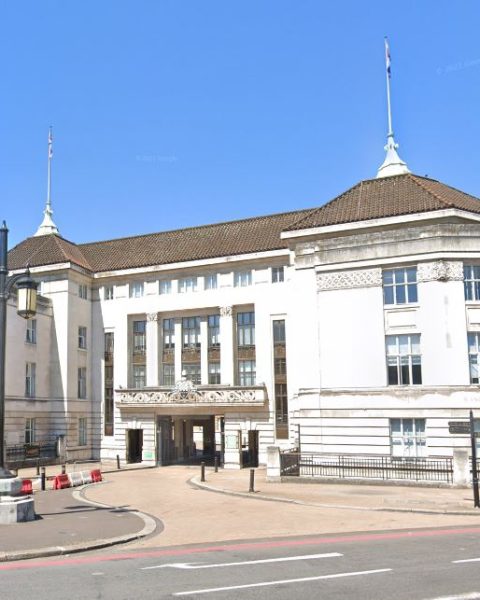

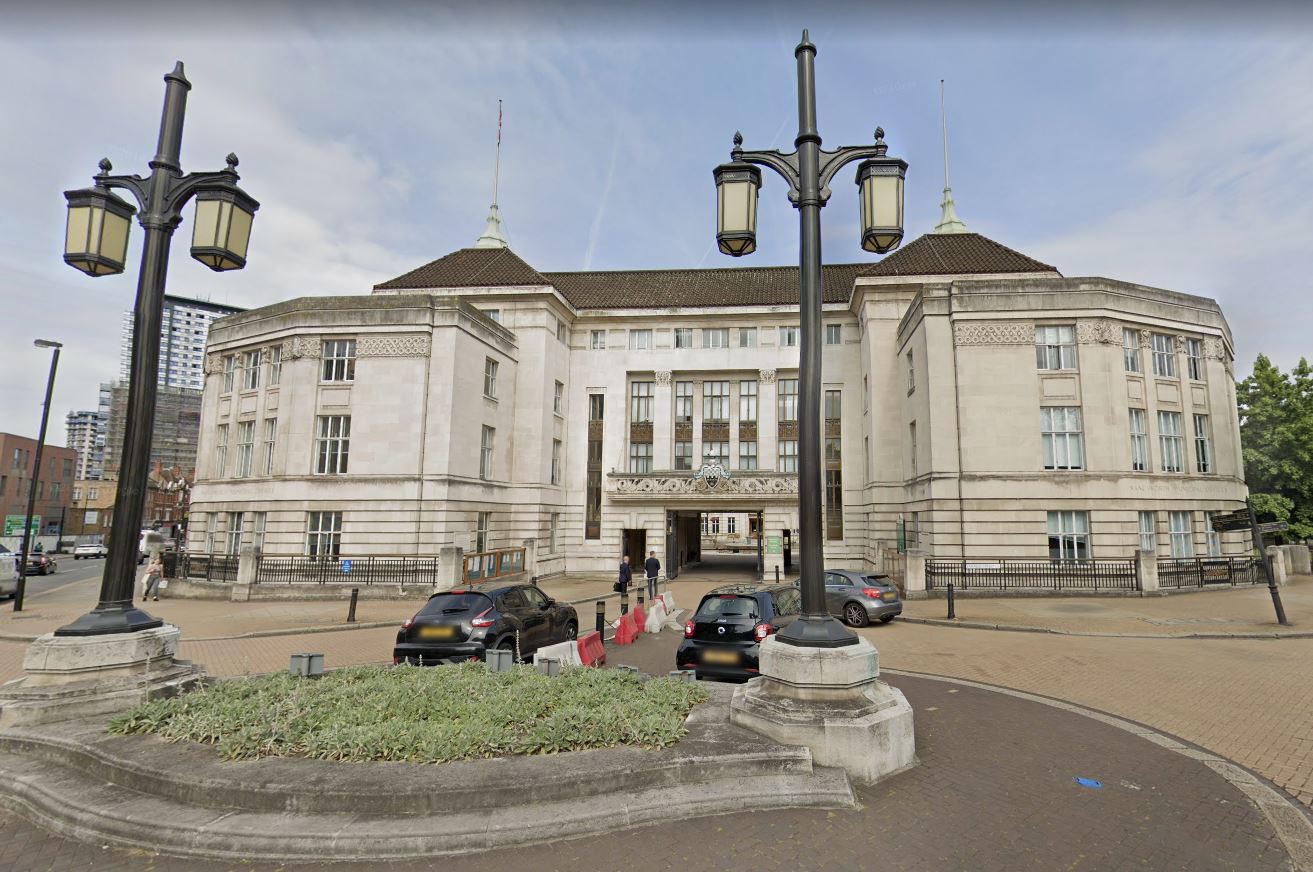
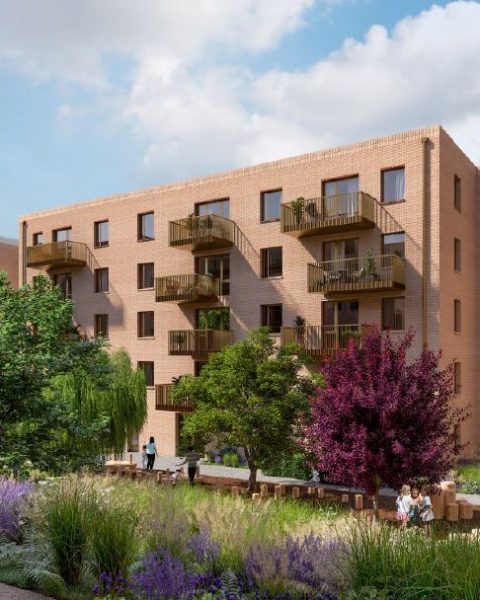
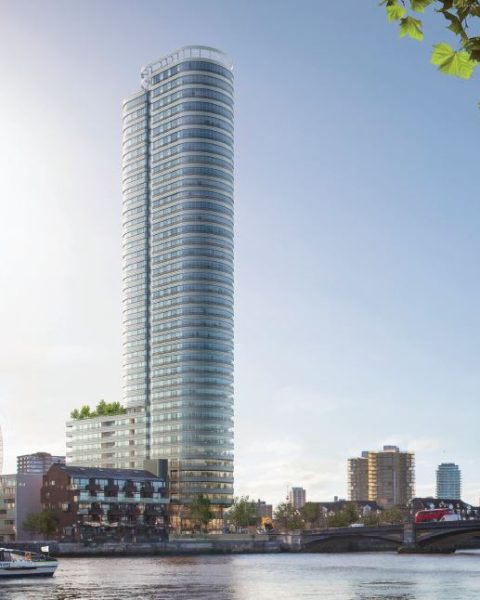
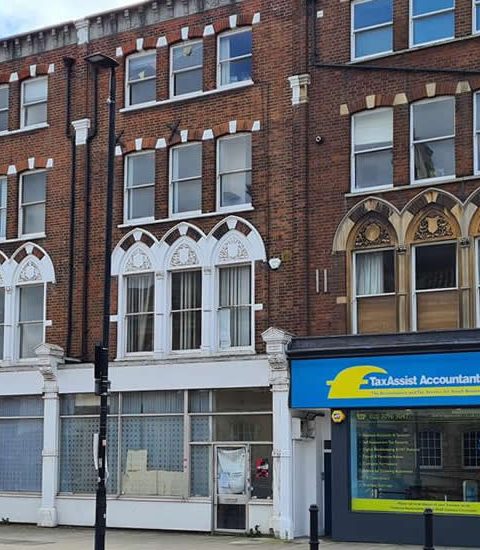
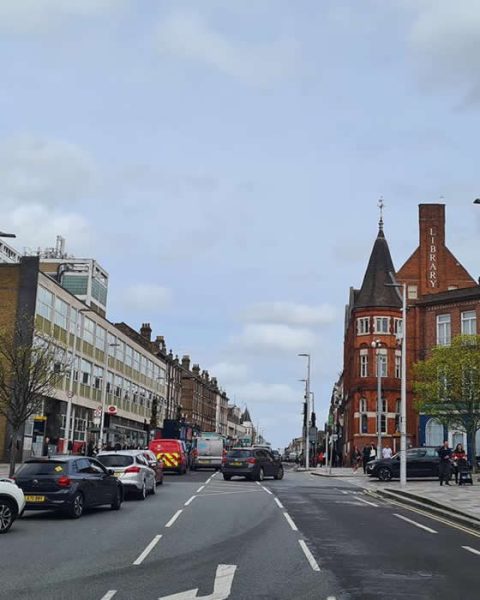


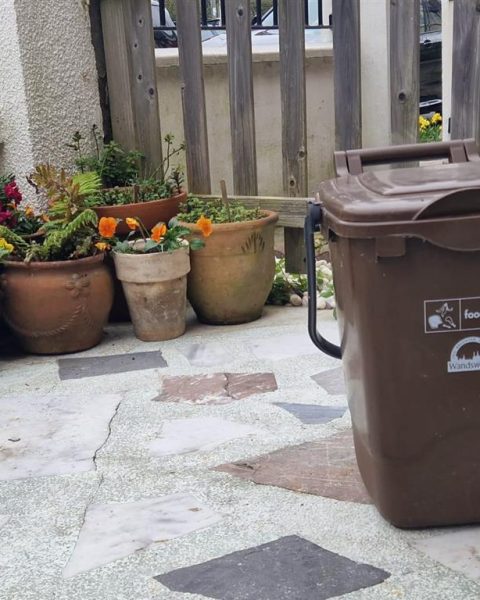

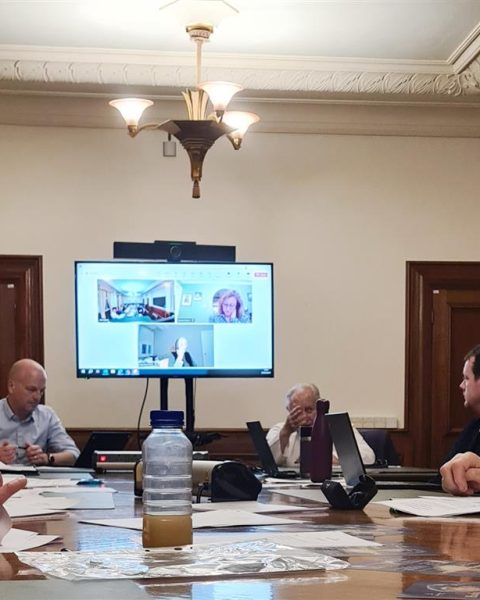



These numbers and the analysis are very, very interesting. Do you also have any figures on the number of affordable units Wandsworth has built in comparison with these other boroughs?
It has been something that CJAG was meant to work on last year, unfortunately nothing was done.
It is a little bit complicated because so far we haven’t seen any specific report available (last year, when criticised by the Mayor of London on affordable accommodation – Homebase Swandon Way scheme, officers were not able to deny; they claimed later they did not have specific figures).
What we have is the level of affordable units provided in each major schemes, however you can imagine the level of work if we have to open every single report and browse to find relevant figures. However we can already see from experience that all schemes are either lower than requirement or just level.
Another possibility is to submit a FOI request, that we might do.